Traps developed in New Zealand aren’t just saving our wildlife, they’re helping endangered wildlife all around the world. We lead the way in producing humane, effective traps – and the rest of the world is taking notice, with new export markets opening up for our trap manufacturers.
CMI Ltd, which manufactures DOC Series traps (DOC 150, 200 and 250), Trapinator traps and plastic tunnels has just landed a supply contract for a big conservation project in the Orkney Islands, for example.
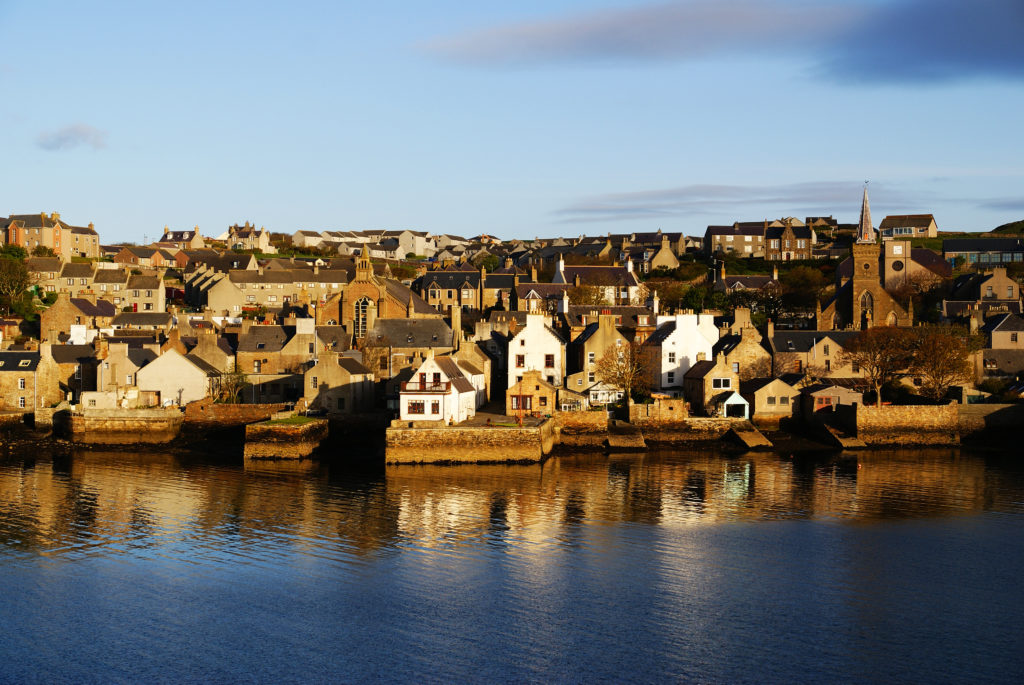
“They’re trying to eradicate stoats on the Orkney Islands to protect puffins and other wildlife,” explains Ross Mitchell, Sales and Marketing Manager for CMI. “We’re supplying 20,000 DOC Series traps for the project.”
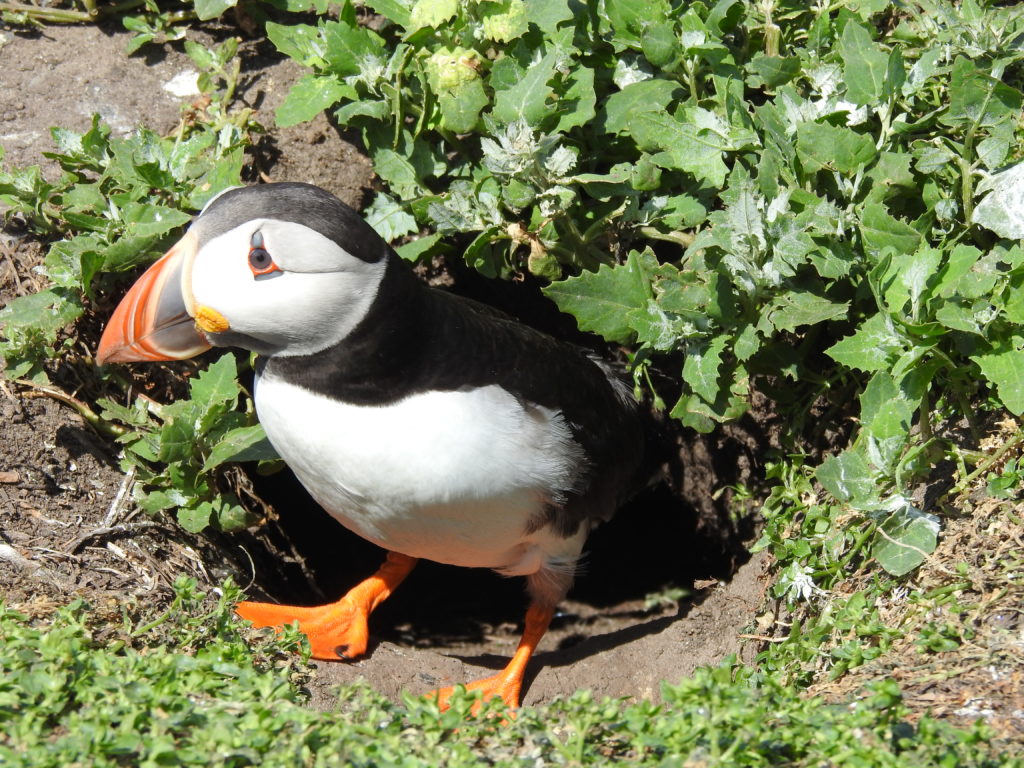
It’s the company’s first big project export to the UK, but they have been noticing a growth in UK sales, particularly since European countries tightened regulations around humane standards.
“The UK has its own Fenn trap,” says Ross, “But the new humane standards are set at 10/10 humane kills and only so many traps have passed the standard. New Zealand’s DOC traps are leading the way.”
Each country is different in the pest species it wants to control and the wildlife it is trying to protect. In the Orkney Islands they have birds, including the puffin, which are preyed on by stoats – so that’s a similar situation to New Zealand. But complicating matters, they also have a small, mouse-like creature, the vole, that they definitely don’t want to be killed in the traps.
“They want to protect the voles,” says Ross, “But you can’t stop voles going into traps set for stoats, so we have to ensure that the DOC traps won’t trigger with voles. We’ve set the trigger weight higher so that it will only fire at about 100g. The traps in New Zealand aren’t designed to catch mice,” he adds, “so it’s really the same thing.”
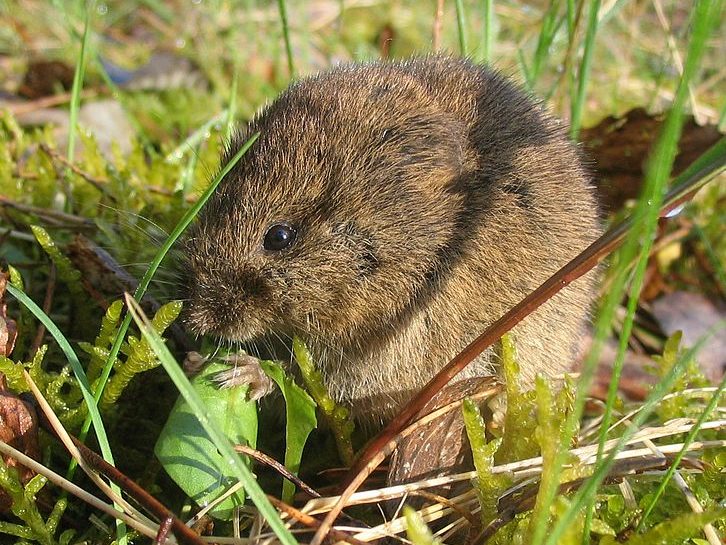
CMIs DOC Series exports to Hawaii are intended to catch another destructive introduced predator – the mongoose.
“There’s an enormous mongoose problem in Hawaii,” Ross says. “They catch bucketloads of them once the traps are set. But to trap mongoose you need the bigger DOC 250 traps. They’re heavy and so there’s an expensive transport rate to airfreight the traps. We’re arranging a sea shipment at the moment.”
In Hawaii there’s no single organisation organising or funding the mongoose trapping problem which means getting traps to trappers economically is a challenge.
“It’s split into little groups on different islands,” Ross explains, “So there often aren’t enough trap numbers for shipping by sea and airfreighting is expensive.”
Ross credits Department of Conservation’s National Predator Control Officer, Darren Peters, with opening up export markets for New Zealand trap manufacturers.
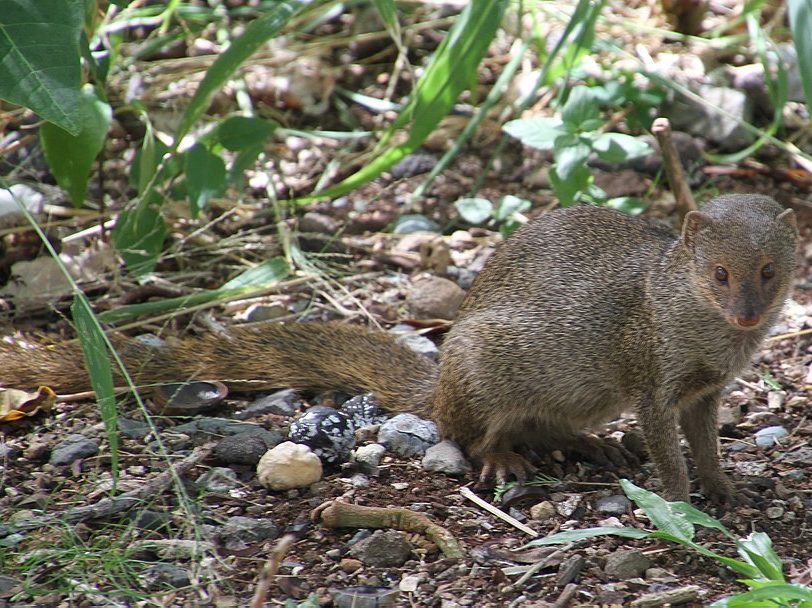
“Darren went to the UK many years ago and talked to conservation groups first,” Ross says. “Then we went with the traps once they’d been UK-approved. Darren’s been a key driver in the Pacific as well. He’s also helping with the Orkney Islands programme, showing them how to set the traplines and so on.”
So, it’s not just our traps being exported, but also a sharing of New Zealand expertise.
Wildlife artist and inventor, Phill Waddington, came up with the vision for both the DOC Series traps and the more recently designed ‘Trapinator’ Possum Trap
“Phill worked with Darren on designing the traps then CMI helped to refine the design and commercialised it to manufacture in bulk,” says Ross who was also responsible for coming up with the name ‘Trapinator’, a play on ‘Terminator’.
“We’ve been making them non-stop,” Ross says. “Originally CMI Springs was a spring manufacturer, then we bought an Auckland company, Curtis Springs and that had been developing the DOC traps with Phil and Darren. Over the years that part of the business has really grown and for me, personally it’s now a big part of my job. We’re one of the top three biggest Australasian spring manufacturers. We can process up to 120 tonnes of steel per month!”
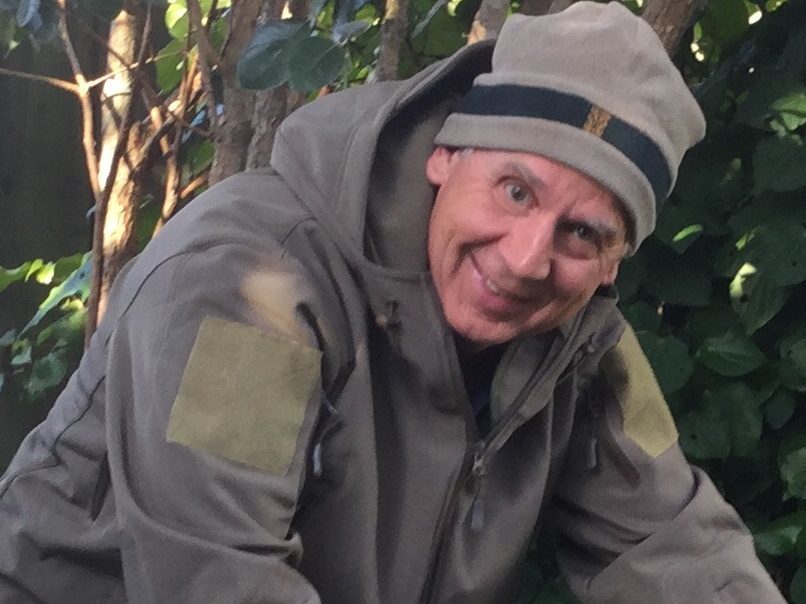
Trapinator now market their own tunnel for Doc Series traps approved by the Department of Conservation. Timber boxes are just too heavy and hard to access.
“Health and Safety requirements now mean that a woman is only allowed to carry one double-set trap box at a time and a man is allowed to carry two boxes,” Ross explains. “The plastic tunnels are much lighter than boxes and so can be dispersed much faster. A number of key projects are starting to see that advantages of the plastic tunnel design with 800 going into the Te Korowai o Waiheke project to remove all pests from the Auckland Island.
The plastic option offers other advantages too.
“The plastic boxes can be stacked and transported [for example, if helicoptering a large number into a remote location] its easy to build them on the spot. DOC is one of our biggest buyers and we have had a long association,” Ross adds. “They’re constantly trapping in new areas across New Zealand We have a great team of guys here who really love making the traps and the funding provided by the Government 2050 target has been a real boost to our business.”
Read more about Phill Waddington, wildlife artist and trap inventor.

